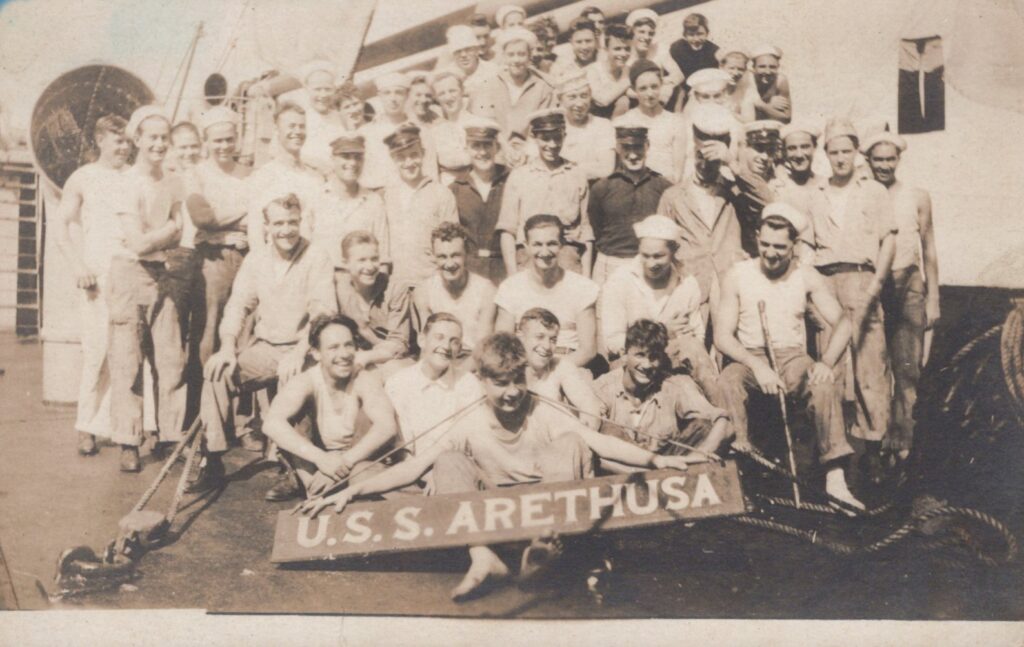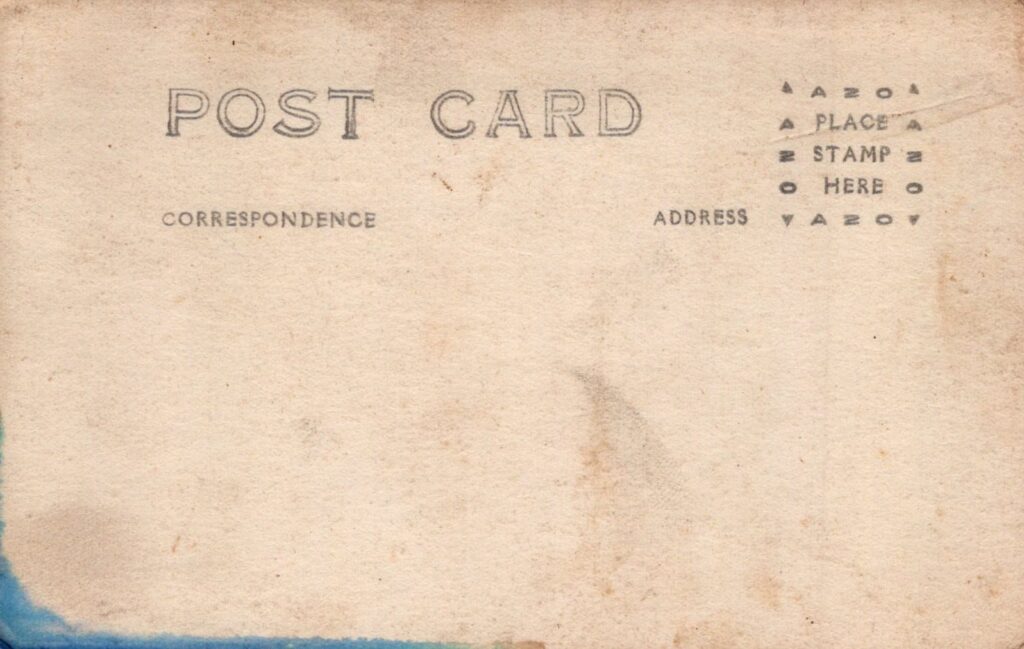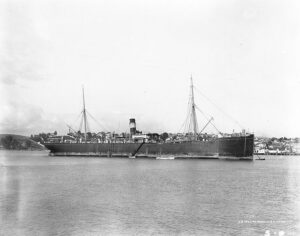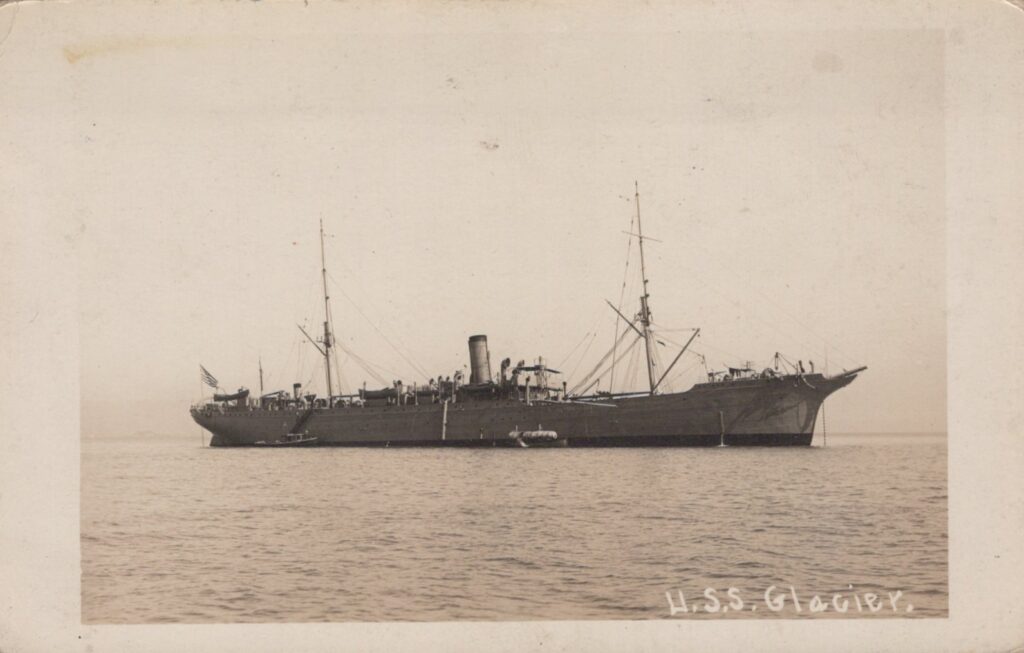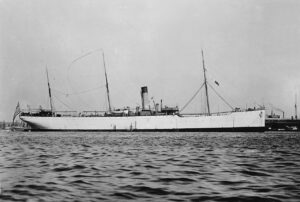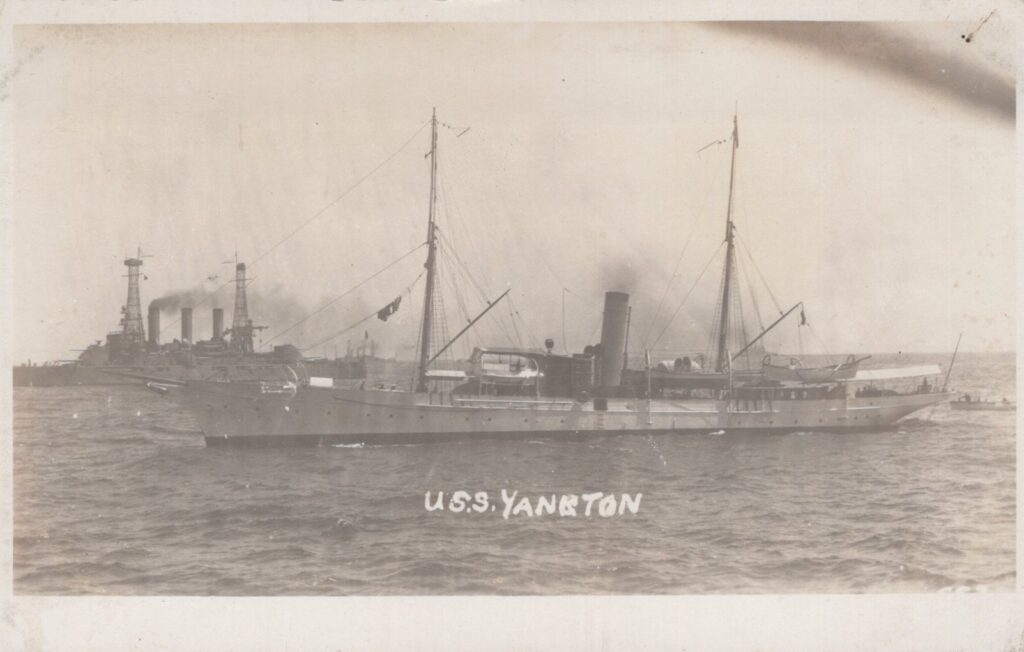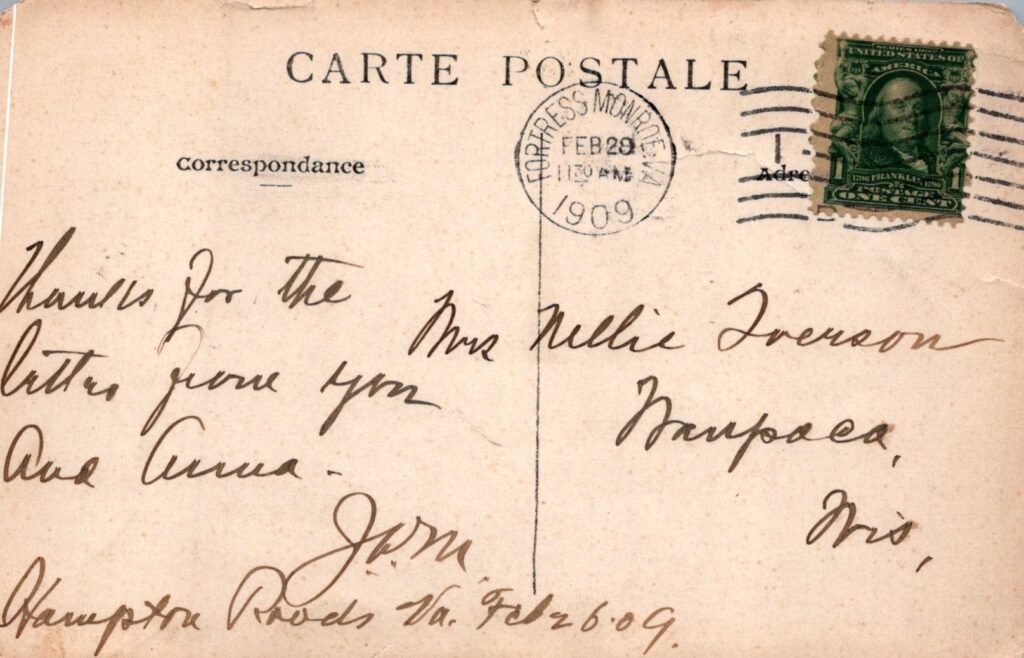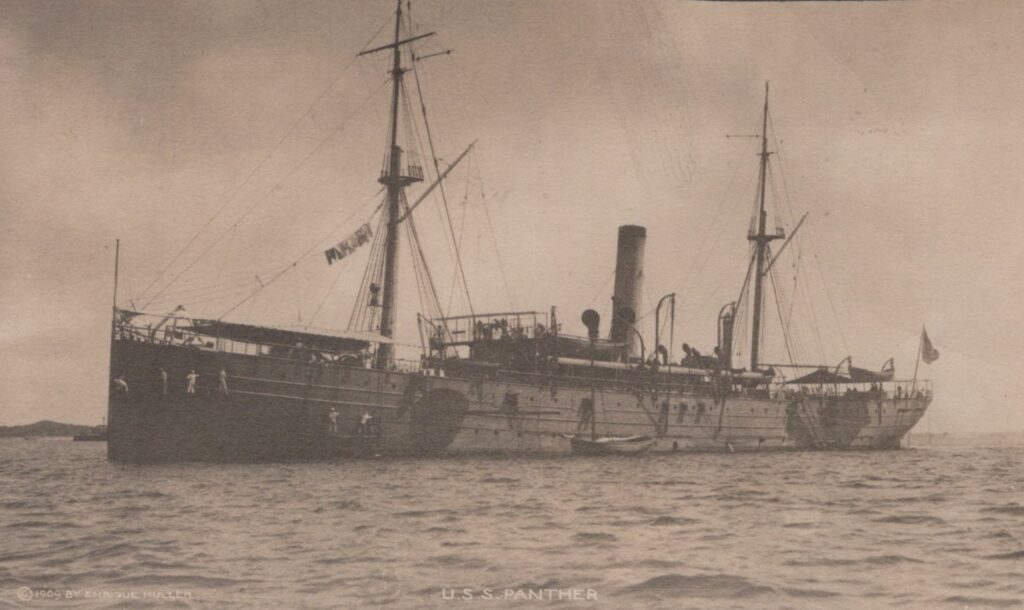Apologies, but no results were found for the requested archive. Perhaps searching will help find a related post.
auxiliary ships of the battleship fleet
Departing Hampton Roads there were six auxiliary ships in company to support their needs, the Arethusa, Ajax, Glacier, Culgoa, Yankton, and Panther. Glacier and Culgoa were supply ships, Arethusa a water and supply ship, Ajax coal ships, and the Panther was a floating machine shop to complete repairs. The Yankton served as a fleet tender and had previously been a gunboat during the Spanish-American War. When the fleet departed from San Francisco, the Relief, a hospital ship was included and the Arethusa did not proceed on the rest of the cruise beyond Hawaii.
uss aretusa (ao-7)
The Arethusa was a steamship built in England in 1893 as an oil tanker. The U.S. Navy bought her in 1898 and fitted her to provide water for American warships during the Spanish-American War. Afterwards she was sent to Asiatic Station serving the same role. She returned by way of the Suez Canal and in July 1907 began providing water to the Atlantic Fleet. She departed Hampton Roads with the battleship fleet and finished when the ships arrived in Hawaii.
The photo postcard at right shows crewmembers of the USS Aretusa. Life on a auxiliary was not as serious a on the warships and this photograph certainly shows this aspect.
uss ajax (AC-14)
The Ajax was a collier that was built in Scotland and purchased in 1898 to support the American Fleet during the Spanish-American War. In 1903 she made a round the world cruise for operations with the Asiatic Fleet and then returned to Norfolk and placed out of service. In January 1907 she was reactivated and served on the east coast until departing from Hampton Roads with the battleship fleet, arriving back in Hampton Roads in the spring of 1909.
The photograph at left is a stock photo from Wikipedia. My collection still does not contain a photograph of this ship.
uss Glacier (AF-4)
The Glacier was a stores ship built in Sunderland, England and purchased by the American Navy for the Spanish-American War. In August 1898 she departed Hampton Roads for 5-monts delivering ice, meat, and stores to the North Atlantic Fleet operating in the West Indies. She was next assigned to Asiatic Station supplying the U.S. Army and Navy operating in the Philippines.
She departed with the fleet on December 17, 1907 and supported the battleships through October 1908 when she returned home via the Suez Canal.
uss culgoa (AF-3)
The Culgoa was built in 1889 in Suderland, England and purchased by the American Navy in Cavite, PI in June of 1898 to support the Spanish-American War. She supplied the American squadron with ice and meat and was not commissioned until late in 1898. After the war she joined the North Atlantic Squadron and was in and out of service for a few years. In September 1907 she was recommissioned and departed from New York made an emergency shipment of beef to the Panama Railway Company before joining the Atlantic Battleship Fleet at Santa Luca as a mobile stores ship. During the cruise around the horn she carried the artist Henry Reuterdahl, and near the end of the cruise she broke off from the fleet to supply relief to the earthquake at Messina, Italy.
Photo at left a stock photo from Wikipedia.
uss yankton
Yankton was a steel-hulled schooner built in 1893 at Leith, Scotland, Ramage & Ferguson. The U.S. Navy purchased her in May 1898 to service during the Spanish-American War. She was converted to a gunboat, admiral's yacht, and fleet tender during this period. In her previous life she had been a luxury yacht, possibly of Sarah Bernhardt. Little else is know about the ship's service to the fleet after the war and before joining the battleship fleet to to circumnavigate the globe.
She left from Hampton Roads on December 16, 1907 and was with the fleet through every port, and more, on the cruise, including responding to the earthquake at Messina, Italy.
After the cruise she was at Veracruz during the 1914 uprising and was in Gibraltar in World War I. In 1921 she was sold into a life of smuggling rum from Havana. She eventually fell on hard times and was surrendered to customs agents in 1923. In the summer of 1930 she was broken up for scrap in Boston.
uss panther
The Panther was purchased from the Red D Line Steamship Company in April 1898 at the start of the Spanish-American War to serve as a troop transport. It was quickly converted and served poorly in this capacity with cramped, hot quarters for the Marines that were transported. She was assigned to patrol off Santiago, Cuba with a group of American ships with 633 Marines ready to land. On June 9th and 10th 1898 Panther disembarked the First marine Battalion at Guantanamo Bay in preparation to seize the harbor. For the next 4 days they engaged Spanish forces routing some 500 Spanish defenders and suffering only six causalities and 16 wounded.
After the war she was fitted out as a training ship working with various state militias and fleet units. In September 1902 she embarked a Marine battalion to support American interests in Honduras when she steamed south to the Caribbean. In October 1903 she was decommissioned.
In November 1907 she was recommissioned to serve as auxiliary repair ship the the Atlantic Fleet and prepared to set sail with the fleet in December. She departed from Tompkinsville, NY on December 11th and met the fleet in the Port of Spain on December 17th, 1907. Panther stayed with the fleet through the entire trip around the world arriving in Hampton Roads on February 21, 1909.

